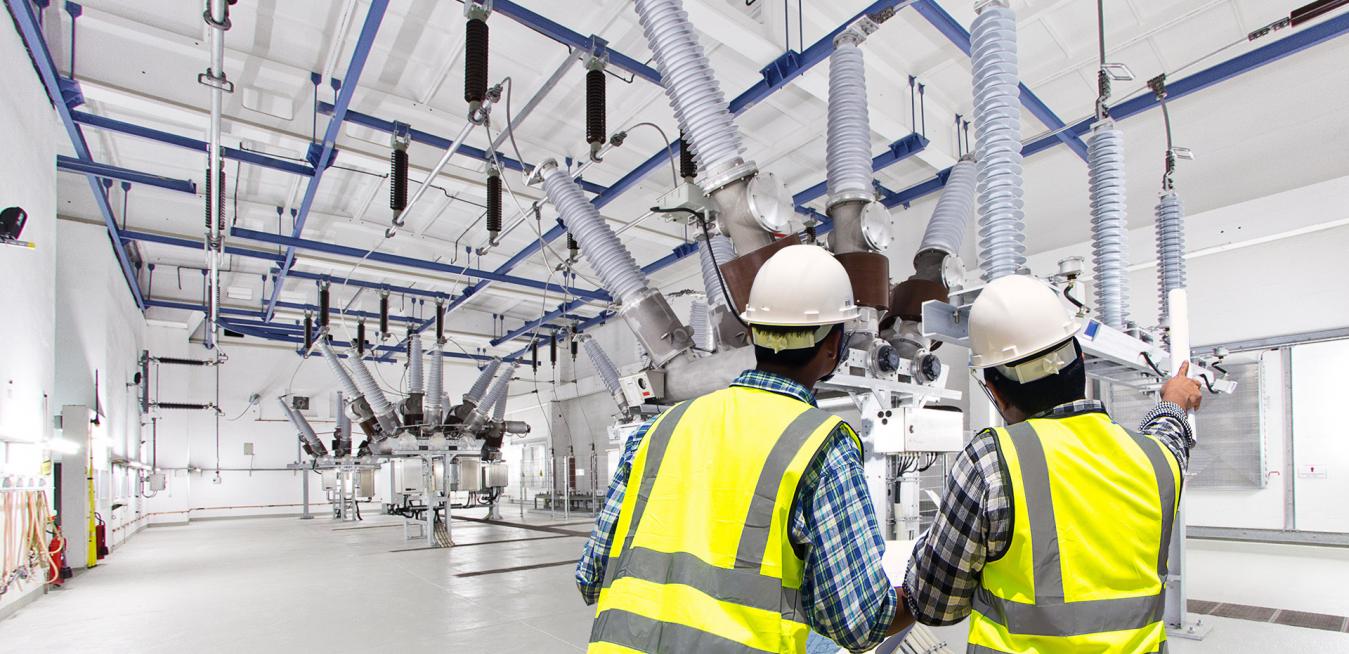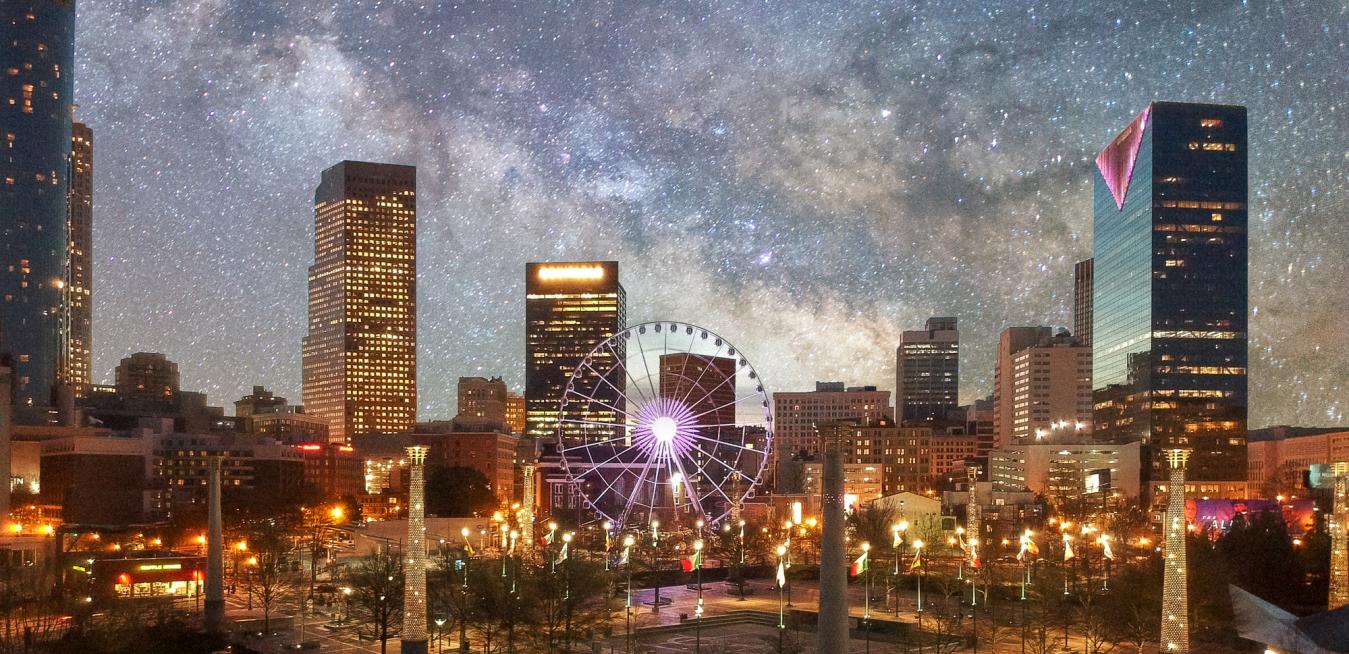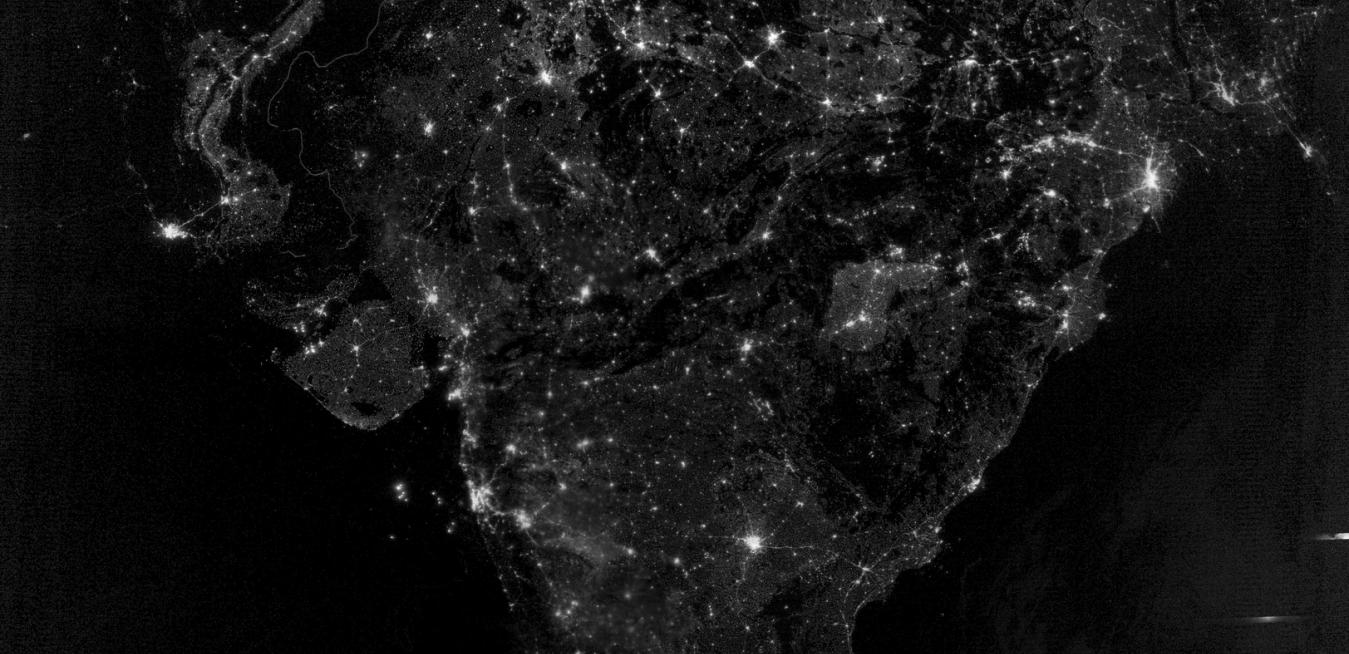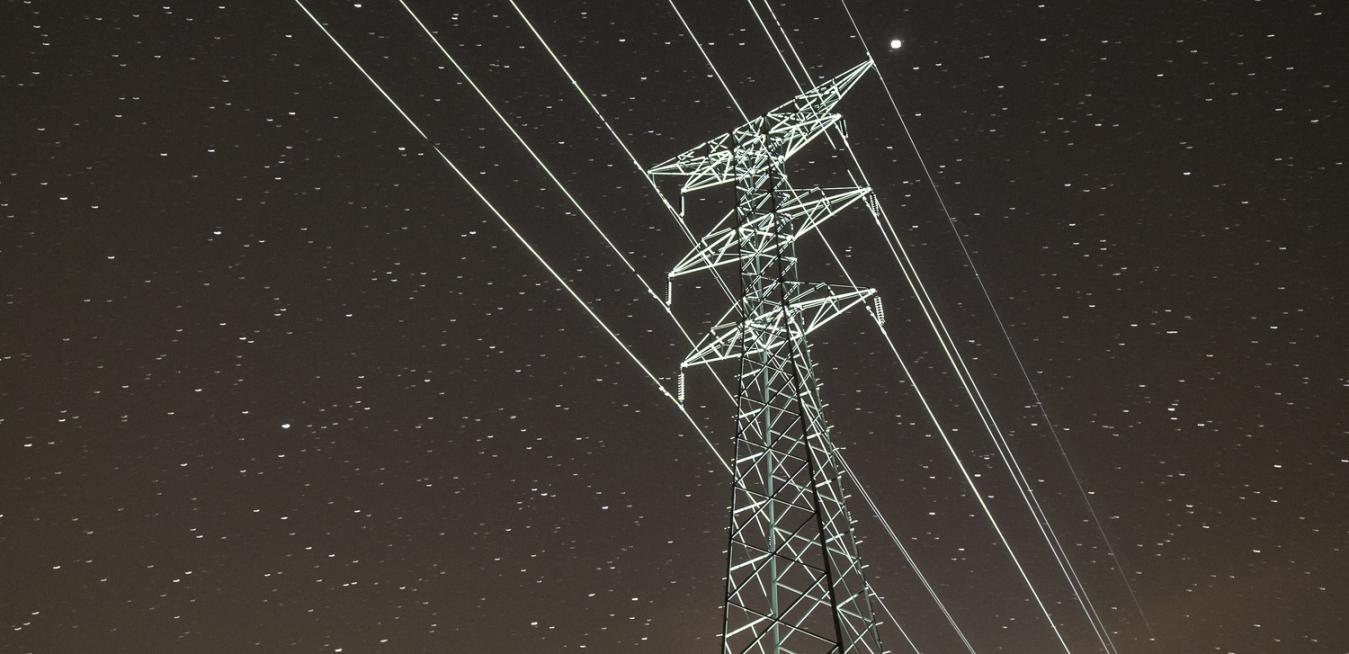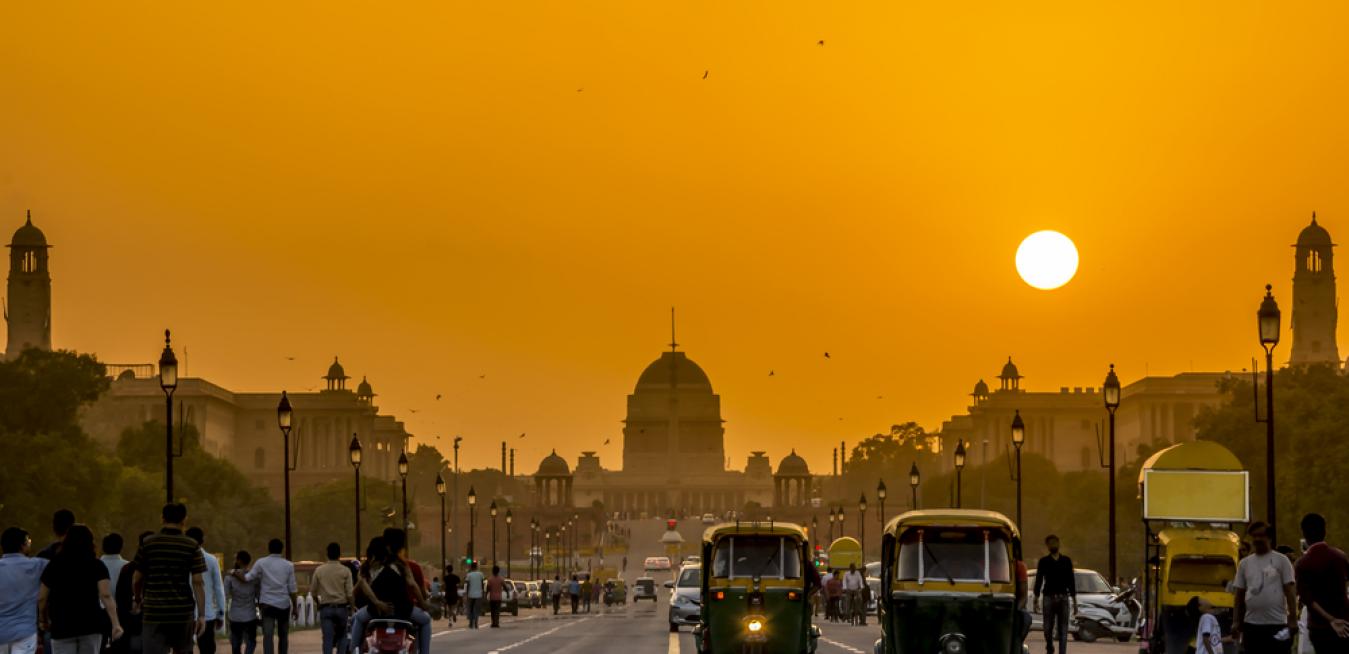A mass of electrical cables may look like spaghetti to many people, but Nicolas Godingen has become an expert at picking each strand apart in his mind’s eye.
Nearly every day, the field service manager for GE in Singapore gets messages and calls from engineers who need quick guidance on emergency repairs at, say, a substation supplying electricity to an airport. Or they might ask for help with an issue affecting the national power grid.
On Dec. 27, 2018, a loud boom rousted New Yorkers from their holiday revelry. While Christmas tree lights flickered inside, a scene straight out of “Ghostbusters” was unfolding outside. A canopy of smoke-tinged electric blue cloaked a section of the night sky, and Twitter exploded with photos, videos and speculation: Had aliens landed in Queens? Was the city under attack?
Electrical substations — the clusters of circuit breakers, transformers and switchgears that stick out of the ground like giant cattle prods — aren’t much to look at. What they lack in glamour, they make up for in sheer utility. Substations are the grid’s unsung heroes that toil in obscurity to keep our homes lit and phones charged. You might find one near a power plant, switching up the power generated by, say, a gas-burning facility into electricity that flows in high-voltage transmission cables to towns and cities.
Operating a massive power grid is a bit like riding a bike, says the Swiss national grid operator Swissgrid. It’s easiest if you’re on a level surface, but things get trickier going uphill or downhill — or, in the case of the grid, when there are fluctuations in supply and demand that require power plant operators to either spin their turbines faster or ease off the throttle.
Germany’s huge new offshore wind farm Merkur is an awesome sight in its own right. But it’s also a great illustration of why GE’s decision to combine its Renewable Energy business with its Grid Solutions unit, announced today, makes a lot of sense.
Not so long ago, large parts of India used to be dark in satellite pictures of Earth at night. But now they twinkle with hope. In fact, the Asian country’s rapid electrification is one of the greatest development stories ever told, with around 500 million Indians gaining access to power since 2000. Most people no longer need to rise at dawn or eat by candlelight.
